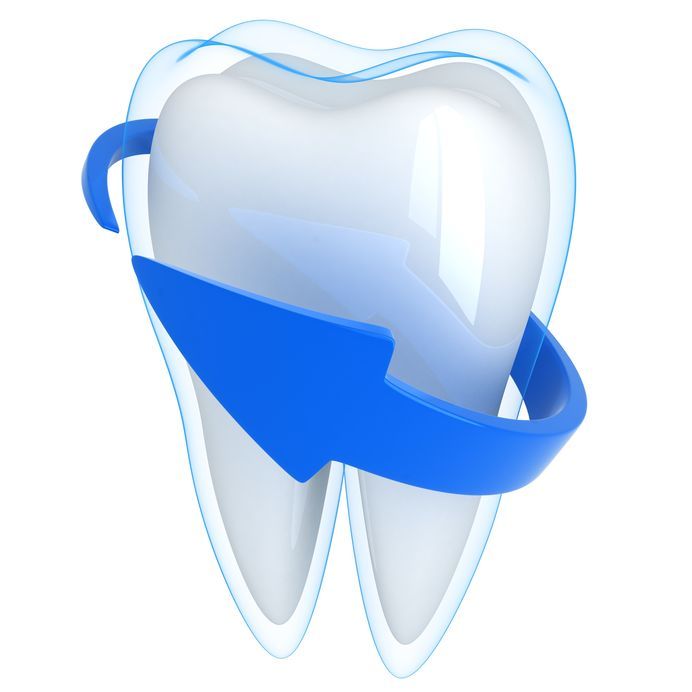Are There Any Foods to Help Heal Cavities Naturally?
- By Mary Marks
- •
- 04 Mar, 2021
- •

The enamel that covers our teeth is an exceptionally hard material that can resist the continuous attacks launched by the acids and other substances that we ingest with the food that we eat and the beverages that we drink. This enamel has a limited ability to heal itself in the case of small damage, such as minor demineralization that manifests in the form of tiny, discolored patches, but once the surface has developed a cavity, no matter how small, the only solution is filling performed by a dentist or oral sedation dentistry Highlands Ranch office. However, as cavities develop after demineralization and the enamel’s mineral contents are replenished from our diet, there are many foods that can ensure the strength of the enamel and can help prevent cavity formation. Here are some such foods:
- Foods rich in calcium – dairy products, seafood, such as salmon and clams, leafy greens, broccoli and cauliflower are the best natural sources;
- Food rich in vitamin D – vitamin D is essential for the absorption of calcium, therefore essential for dental health, too. Eggs, mushrooms and ocean fish are great sources, but the best one is the sunshine;
- Foods rich in magnesium – leafy greens and avocado are great sources;
- Foods rich in vitamin K2 – vitamin K2 also plays an important role in facilitating the absorption of minerals. The best sources are egg yolks, chicken liver, beef and dairy.





Although oral sedation dentistry Highlands Ranch is one of the optionsavailable for managing anxiety and discomfort during oral surgery, you certainly do not need to use it all the time. As a matter of fact, the exact type of sedation or anesthesia that you receive during oral procedures may depend on various factors, such as the complexity of the procedure, your medical problems, as well as your doctor’s preferences.
There can be several different levels of sedation that can be used in oral surgery. Local anesthesia is one of them. This involves injecting anesthetic medication into the specific area where the surgery will take place. It numbs the area and is often used for less invasive procedures.
Oral sedation involves taking medication in the form of a pill to induce a state of relaxation and drowsiness. The patient is still conscious, but he/she may not be fully aware of the procedure. At any rate, sedation helps him/her get rid of anxiety.
In the case of intravenous sedation, medication is administered through a vein, which induces a deeper state of sedation than oral sedation. Patients may still be conscious, but they are less aware of their surroundings and may not remember the procedure.





